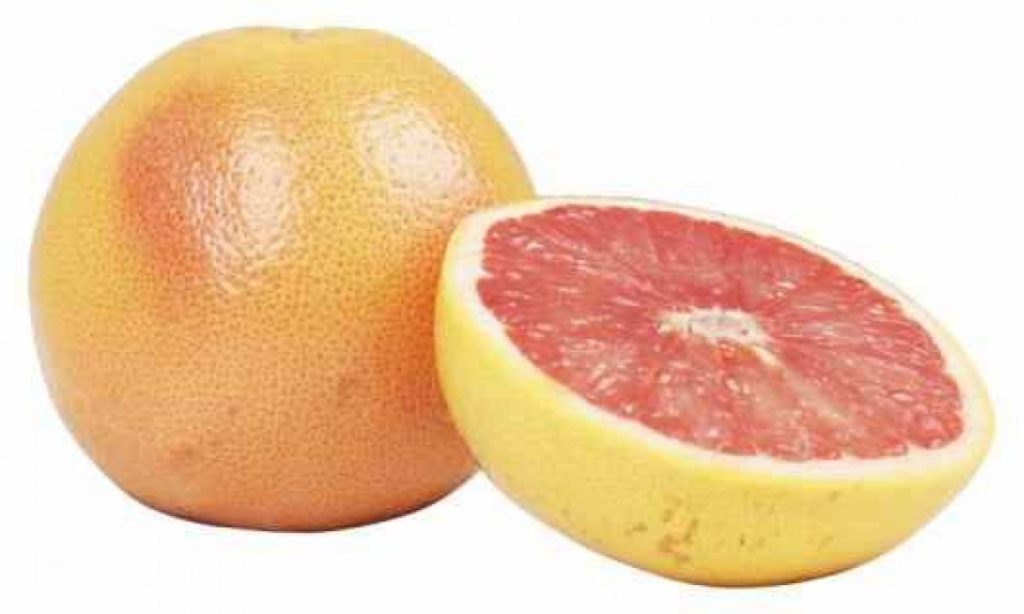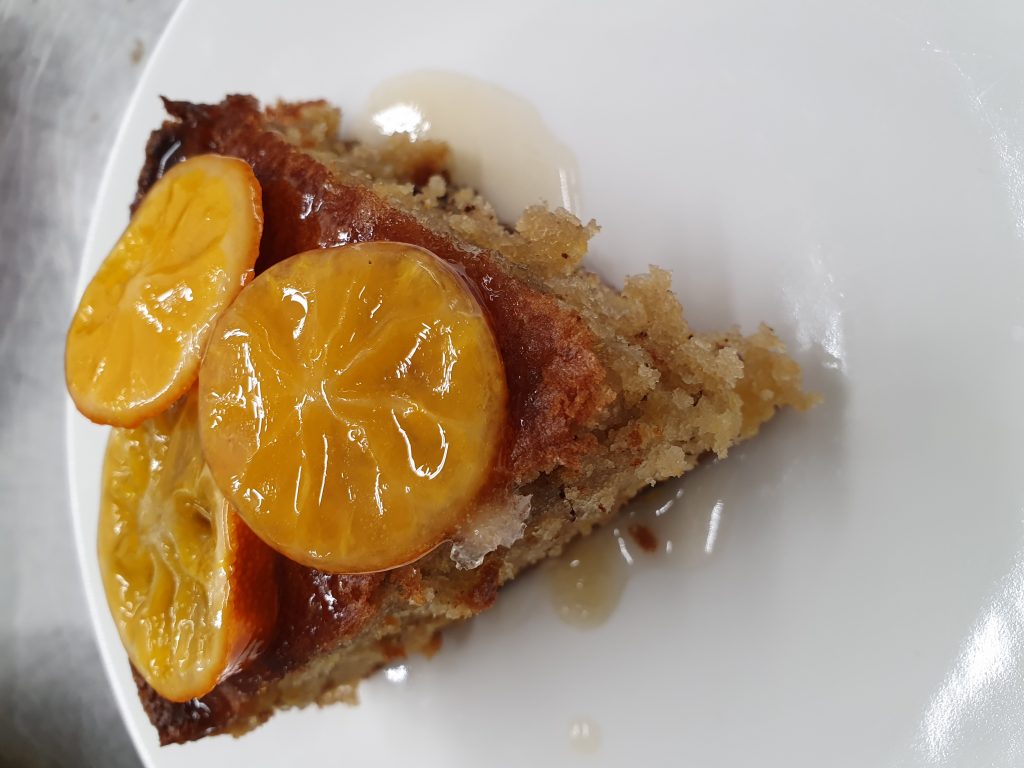
Citrus fruits are native to South East Asian countries and their cultivation is 4000 years old. They were cultivated first for their fragrance and then for their fruit. The culture’s spread has spread from southern Japan and the Malaysian archipelago to India. In the Mediterranean basin, Lebanon is one of the oldest countries to have cultivated citrus fruits.
The citron was the first citrus known from the Mediterranean basin around 300 years BC. The Romans know it under the name of apple of Media. The ancient Arab doctors of the Middle East prepared certain medicines from citron.
It was through the coastal regions going from Cilicia to the south of Palestine via Lebanon that the Crusaders brought it back and made known in Europe at the end of the 11th century the lemon and the bitter orange.

The Portuguese, for their part, introduced oranges from China in the Mediterranean basin, after the discovery of the route to India through southern Africa by Vasco de Gama. The citrus genus is the best known of the citrus fruits, it is characterized by several species and varieties given the importance of its production and the exceptional fragrance of its flowers. The mandarin tree is also native to China. Its name (mandarin) is linked to the color of its skin, the same as the silk dress worn by the mandarins, high officials of the Chinese Empire. Although its culture is very old, it was not introduced into the Mediterranean basin until the 19th century.
Like most citrus fruits, the grapefruit is native to Southeast Asia (archipelagos of Malaysia and Indonesia). He too is one of the ancestors of the citrus genus. Around 100 BC, was introduced to southern mainland Asia where secondary diversification has emerged (citrus maxima). Despite its age, the grapefruit did not spread until the 17th century. It was through the English captain Philip Shaddock that the first grapefruit seeds arrived in the Caribbean.

Later in the mid-18th century, the first pomelo (also called Grapfruit) was discovered in Puerto Rico. This new botanical species (citrus paradisi) is thought to be the result of a natural cross between a grapefruit and an orange tree. This hypothesis was confirmed through the use of molecular markers. Pomelo cultivation did not begin until around 1920.
Finally, clementine is the result of a cross between mandarin and bitter orange. Clementine was spotted by Trabut shortly before 1902 in a Mediterranean mandarin (Citrus deliciosa) seedling made by Father Clément Rodier in an orphanage near Oran in Algeria. The Algiers Horticultural Society gave it its name of clementine after his name. The success of clementines in Europe means that new cultivars of mandarins are often sold for clementines. This is the case with ‘Nova’, the Spanish production of which is sold under the trademark Clemenvilla.
ORANGE CAKE WITH MANDARINE ICING
Ingredients for 8 people: 1 orange – 3 eggs – 120 gr sugar – 140 gr flour – 100 gr melted butter – 30 gr dark chocolate 70% (bar) – 1 sachet of yeast – 1 bag of vanilla – Salt
For the icing: 5 mandarins – 30 gr sugar
Beat eggs, salt, sugar and vanilla sugar until the mixture turns white. Cut the orange into pieces with the peel and mix it. Add it to the egg mixture. Crush the chocolate bar into small pieces and fold into the mixture. Add the flour and baking powder, mix to incorporate. Finally add the melted butter and incorporate it well. Oil a round mold (diameter 22 cm), pour the mixture and level it. Bake in a hot oven 180 ° C for 30 minutes. Meanwhile, prepare the icing: squeeze two of the 5 mandarins and put the juice with the 30 g of sugar in a small saucepan. Mix and let the sugar melt over low heat. Cut the 3 remaining mandarins with the peel into round slices and add them to the syrup. Leave the mandarin slices to candy. When the baking is finished, let the cake cool for about 15 minutes, unmold it and coat it with the tangerine syrup. Decorate with the candied mandarin slices. It’s a cake that lasts a few days at room temperature.

